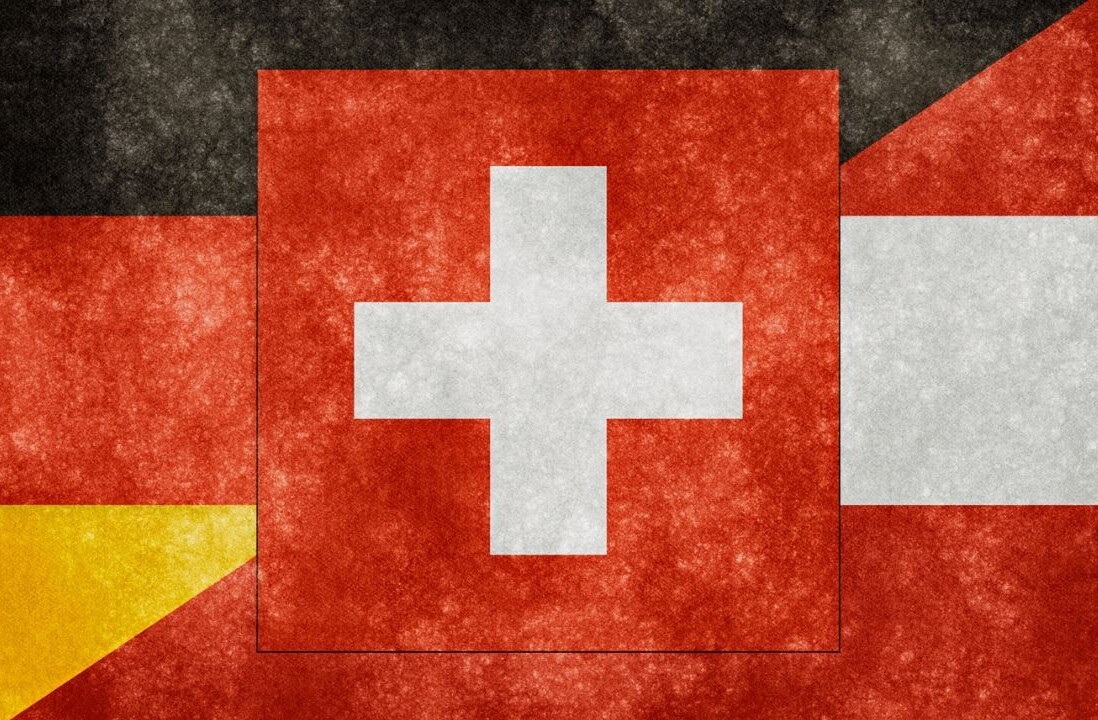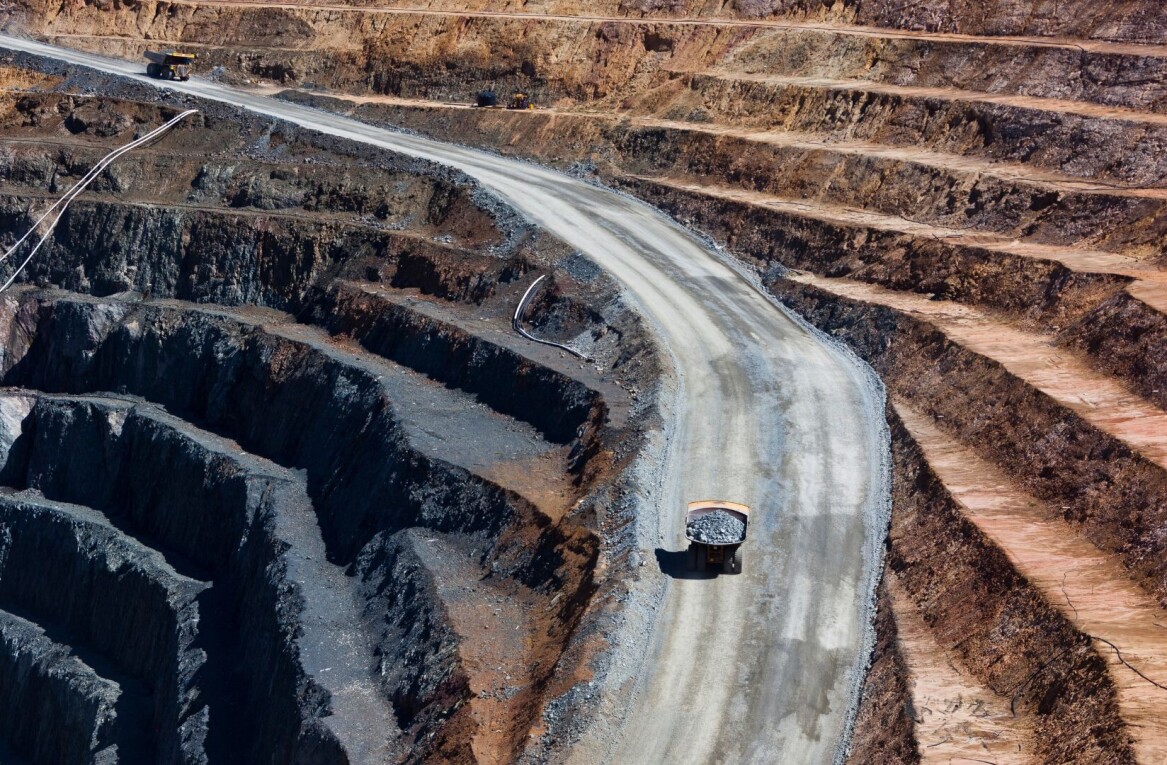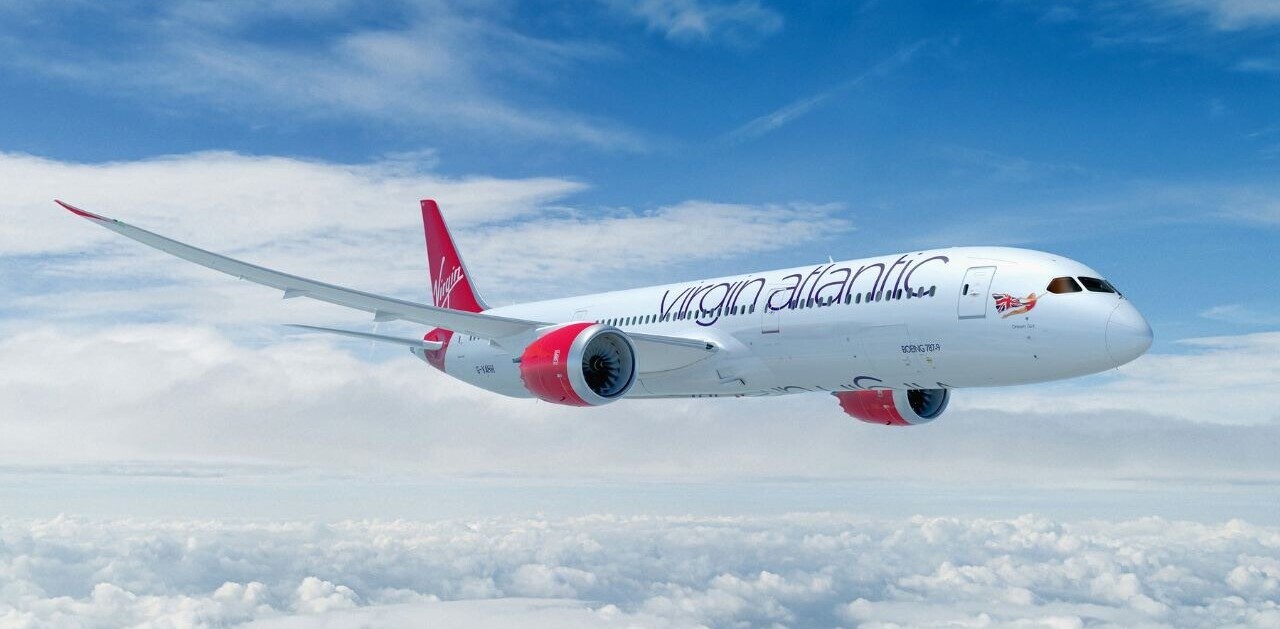
We’ve made a mess of the Earth’s oceans.
That’s something Boyan Slat, founder and CEO of The Ocean Cleanup, has spent the better part of a decade trying to fix.
It’s a massive problem — literally. The Great Pacific Garbage Patch (GPGP) — which is exactly what it sounds like — is estimated to cover an area of over 1.6 million square kilometers (620,000 square miles).
It contains thousands of tons of plastic waste, and more plastic flows into the oceans around the world from rivers every day. Worse, the rate of plastic discarded into the ocean seems to only be growing.
In 2013, Slat dropped out of his studies in aerospace engineering to tackle these problems. The logistics of such a project are hard to comprehend, and many have doubted the efficacy of such an endeavor.
But at TNW Conference on June 16, Slat will detail how his team has managed to work around naysayers to build a sustainable financial model to clean up the ocean in the years and decades to come.
The organization’s name is quite literal: it’s literally built vessels and machinery to collect and remove trash from the ocean. Working with local governments and partners, The Ocean Cleanup also tries to intercept trash before it ever reaches the sea.
The actual cleanup process can be satisfying to watch too. If you’re the type of person that enjoys videos of dirty cars being power washed and phones getting years of gunk removed, then watching literal tons of debris be removed from the ocean might tickle the same part of your brain — and warm your heart too.
13,875 kg of trash being removed from the ocean
Let’s start with the main attraction. The video below shows The Ocean Cleanup’s current flagship vessel, the System 002, collecting 13,875 kg (30,589 lb) of plastic over three deployments to the GPGP. No big deal or anything.
As of February, The Ocean Cleanup has removed a whopping 55,020 kg (121,298 kg) of debris from the GPGP. That’s nothing to scoff at, but it’s still only 1/1500th of the trash estimated to be contained in the GPGP — let alone throughout the world.
For how it all works, check out this explainer video:
Stopping literal tons of trash from reaching the ocean
You can’t keep the oceans clean by only removing the trash that’s already there; you need to prevent new trash from joining the pile too. To that effect, The Ocean Cleanup has been deploying “Interceptor” machines stationed where rivers meet the ocean to catch trash before it’s too late.
View this post on Instagram
The Interceptor 003 on Vietnam’s Can Tho River has prevented over 61,109 kgs of trash from reaching the ocean since it began testing in December 2021.
Why is the ocean full of eel traps?
Fishing nets are common culprits in oceanic pollution, but did you know eel traps are a thing too?
They’re actually one of the most common items found in the Great Pacific Garbage Patch — as the below video points out.
Other weird finds
It turns out all sorts of weird consumer products end up in the ocean. As shown in the video below, some choice finds include:
- Golf balls
- Toothbrushes
- Traffic cones
- VHS tapes
- Toilet seats
- Astroturf
- Entire refrigerators
And a lot more. If it has plastic in it, chances are it’s going to end up in the ocean someday.
Recycling plastic into sunglasses
Of course, all that plastic pulled out of the ocean needs to go somewhere.
To help fund its efforts, The Ocean Cleanup created a pair of sunglasses as a proof-of-concept for how ocean plastic could be put to sustainable good use. What’s more, the glasses are produced in a way that buyers can trace the plastic through various stages of manufacturing all the way back to the GPGP.
It’s just one product so far, but The Ocean Cleanup says more recycled plastic products are on the way. We’ve also seen manufacturers like Dell and Microsoft use recycled ocean plastic on some of their products too.
Clearly, there’s still a lot of work to be done. But with new cleaning and interception vessels on the way, as well as support from partners and governments around the world, The Ocean Cleanup projects it will be able to remove 90% of ocean plastic by 2040.
Did you know Boyan Slat, founder and CEO of The Ocean Cleanup is speaking at the TNW Conference on June 16? Check out the full list of speakers here.
Get the TNW newsletter
Get the most important tech news in your inbox each week.




